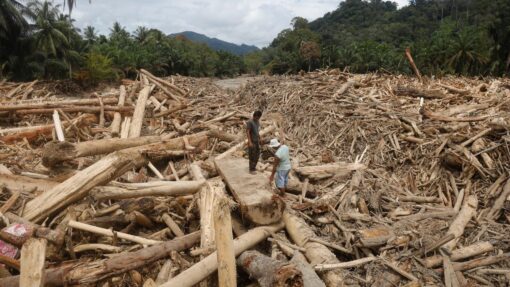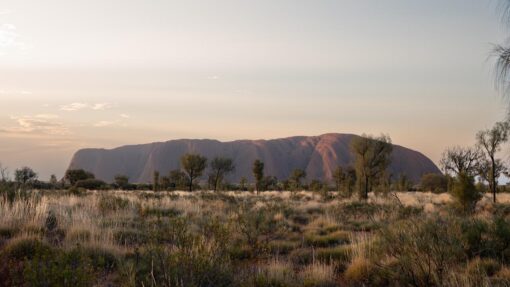Queensland’s forest colossus – and why it won’t become our next tourist attraction
Suellen Hinde - Queensland Editor |
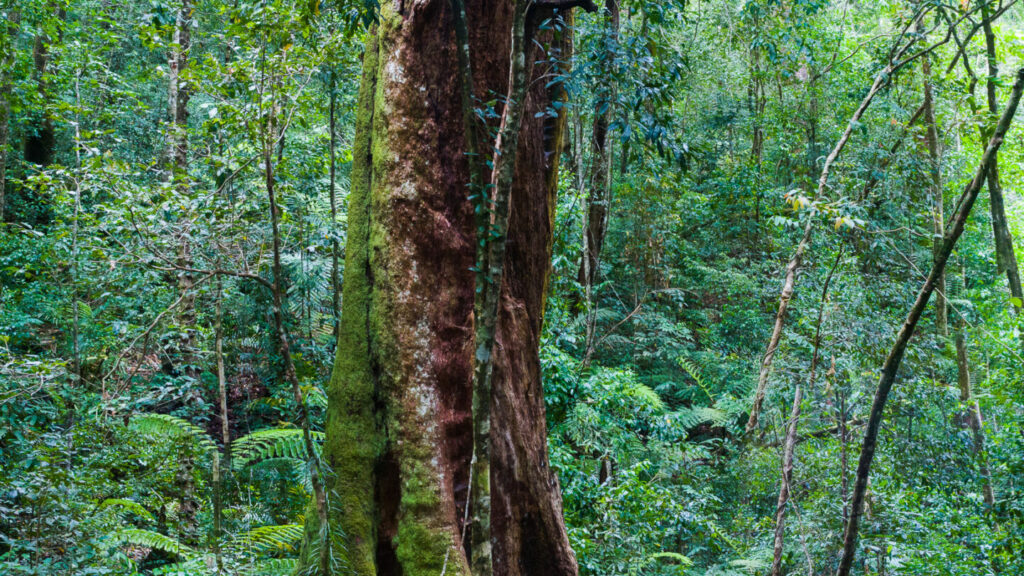
The exact location of this rare giant in North Queensland is being kept secret to protect it from over tourism and deadly plant diseases being tramped in on hiker’s boots.
The rare Stockwellia tree stands 40 metres high and is the ancestor of Australia’s eucalypt forests.
It is only found in a small area of the Wet Tropics in the Atherton Tablelands.
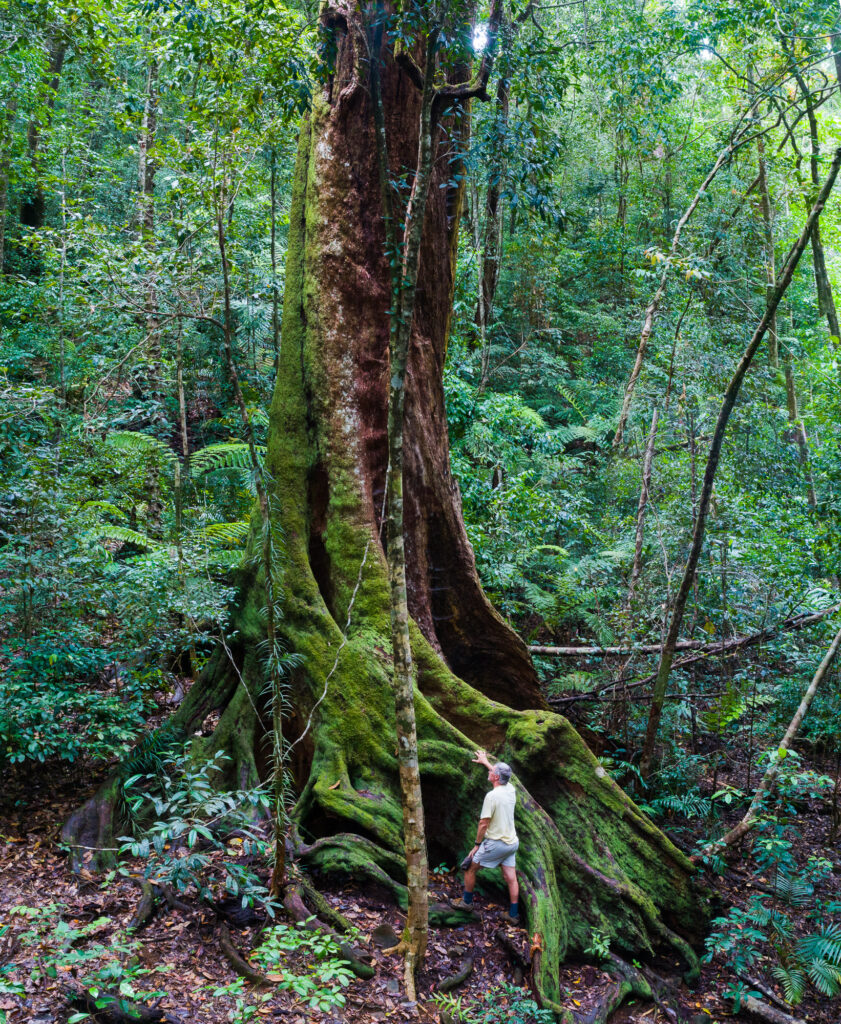
“The tranquility of the site will be lost,” said Rupert Russell, author of Heritage of Trees a book which celebrates the wet tropics of North Queensland.
“We need to protect it from over tourism, so we keep its location a secret.”
The tree is so tall that the photo – which features in Heritage of Trees – was taken using a drone involving three or four shots being pieced together.
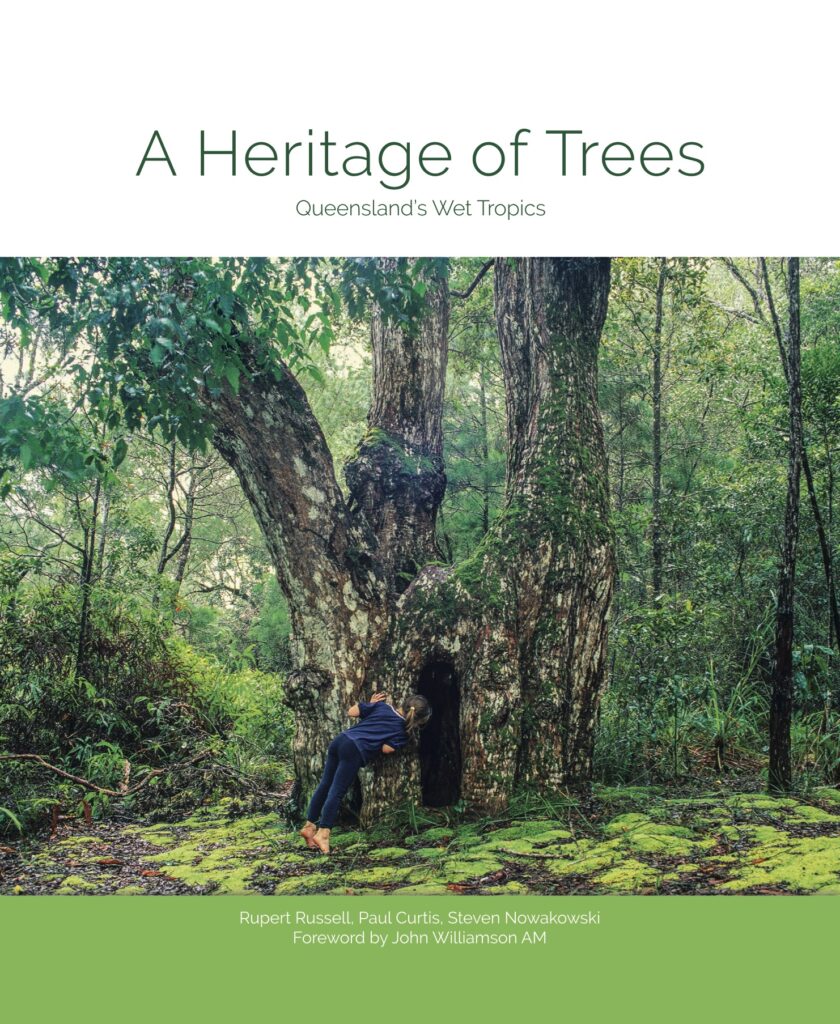
“I move the camera around to get 30 per cent overlap and later pieced them together in one frame,” wet tropics photographer Steve Nowakowski said.
Mr Nowakowski said when compiling Heritage of Trees the team agreed to keep the exact location of some trees a secret.
“Plant pathogen Myrtle Rust is one of the main problems,” he said.
Hikers can tramp the fungal disease into the forest and subsequently destroy the beauty they are going to experience.
“Foot traffic is a problem with fungal diseases coming in on people’s boots.
“In Tasmania in places like the Overland Track they have boot washing stations, so people are encouraged to remove pathogens from their boots – but not in national parks in Queensland.”

Myrtle rust was first detected in Australia in 2010, but is now well established along the east coast of Australia. The rust has a significant impact on several common and threatened species, affecting seedlings, saplings, mature trees as well as flower and seed production.
“Myrtle rust can spread rapidly because it produces large numbers of small spores that can be dispersed over long distances by wind,” Wet Tropics Management Authority Executive Director Scott Buchanan said.
“It can also be spread by the movement of contaminated plants and soils, on people’s clothing and vehicles, or by animals such as bats and bees and possums which come into contact with spores.”
“While there is a chance of hikers unwittingly bringing it into the Wet Tropics World Heritage Area, wind is the more common vector.
“However, hikers taking care to clean their boot prior to entering the Area and checking for other pests is certainly a good trait to encourage to help keep unwanted species entering this precious place that is one of the most biodiverse places on the planet.”
